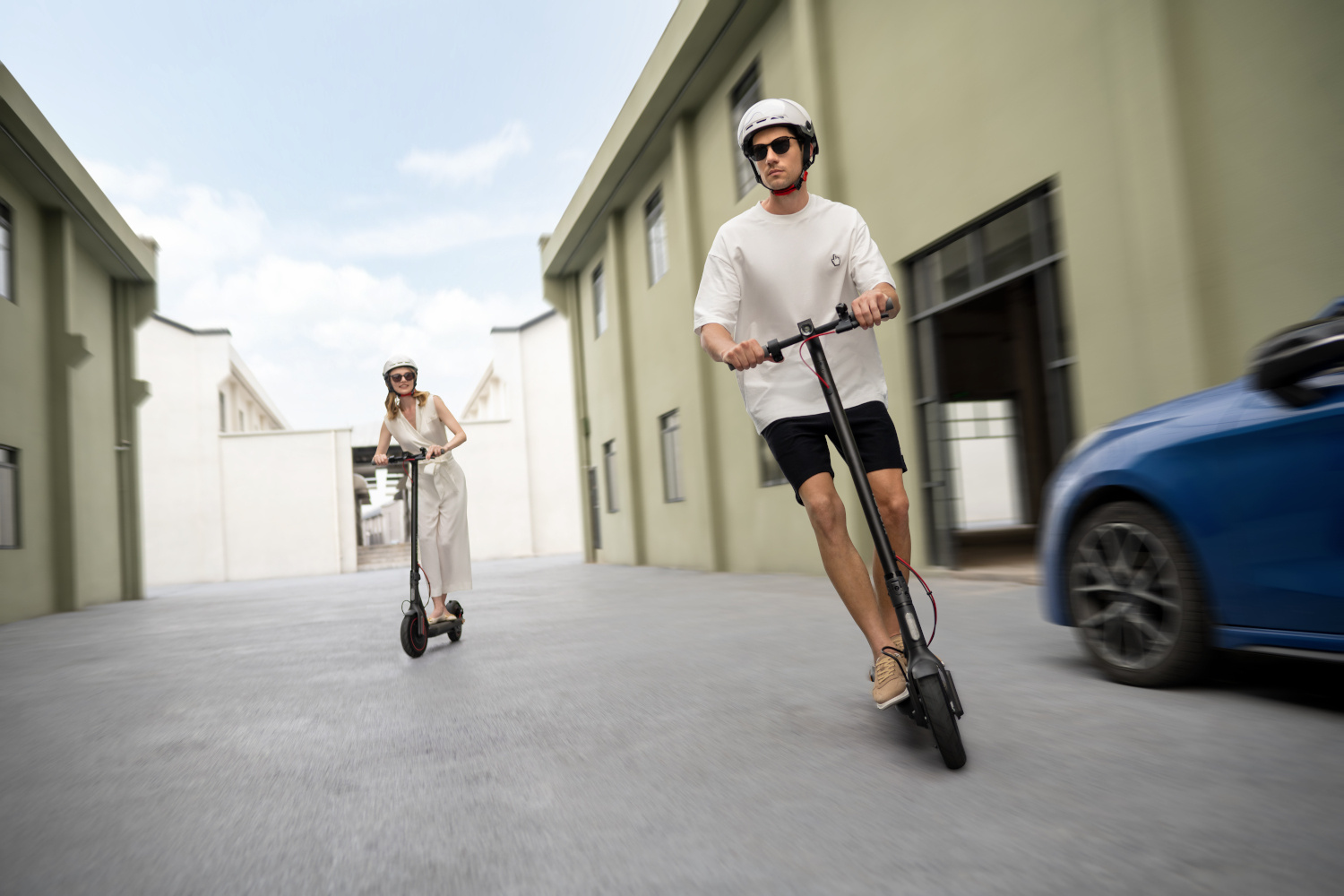The Current Regulation of E-Scooters in Europe
- Posted on

Electric scooters, also known as e-scooters, have gained enormous popularity in recent years as a convenient and environmentally friendly form of urban mobility. These compact and electrically powered vehicles provide an efficient way to navigate busy cities, making them an attractive choice for commuters and tourists alike. However, with the rise of e-scooters, countries in Europe have developed different approaches to regulating these vehicles. In this blog we will provide a detailed overview of the current regulation of e-scooters in Europe and how it affects the way we use them.
Regulation by Country
Europe does not have uniform regulations for e-scooters. Each country has its own laws and regulations regarding the allowed speed, age limit, allowed locations and other aspects of e-scooter use. Let's take a look at some of the most popular countries in Europe and their current regulations.
1. Germany
In Germany, e-scooters are considered 'electric small vehicles'. They are allowed on cycle paths and public roads, but not on sidewalks. The maximum speed is usually limited to 20 km/h, and users must be at least 14 years old to drive an e-scooter. Wearing an approved helmet is not mandatory, but is strongly recommended.
2. Netherlands
In the Netherlands, e-scooters (only if they are recognized as mopeds) may only be used on public roads and cycle paths. They are not allowed on sidewalks. The maximum speed is limited to 25 km/h, and users must be at least 16 years old. Wearing a helmet is not mandatory, but recommended. Other motorized scooters are not allowed on public roads, only on private property.
3. Belgium
In Belgium, e-scooters can be used on public roads and cycle paths, but not on sidewalks. The maximum speed is limited to 25 km/h. Users must be at least 16 years old and wearing a helmet is not mandatory.
Uniform Regulation in Europe?
While some countries have similar regulations for e-scooters, there is currently no uniform regulation across Europe. This lack of harmonization can lead to confusion and inconsistency for e-scooter riders traveling between countries. The lack of a standardized approach can also pose challenges for e-scooter companies looking to expand their services in different European cities.
Future perspective
Given the increasing popularity of e-scooters as an environmentally friendly form of urban mobility, it is likely that more attention will be paid to harmonizing regulations in Europe in the future. The European Commission has already taken steps to develop a framework for e-scooter regulation to promote a more consistent approach across the EU. The aim is to improve safety, facilitate interaction with other road users and ensure the sustainability of e-scooter operations.
Conclusion
E-scooter regulations in Europe vary greatly from country to country. While some countries have similar rules, there is currently no uniform approach across the EU. This variation may affect e-scooter riders and companies operating in different European countries. It is critical that drivers are aware of the applicable laws and regulations in their country to ensure safety and avoid problems with the authorities. In the future, it is possible that we will see a more standardized approach to e-scooter regulation in Europe, further driving the growth of this sustainable and convenient form of urban mobility.

